Day 23 - Hirado Island Temples, The Kyushu 108 Temple Pilgrimage, Japan





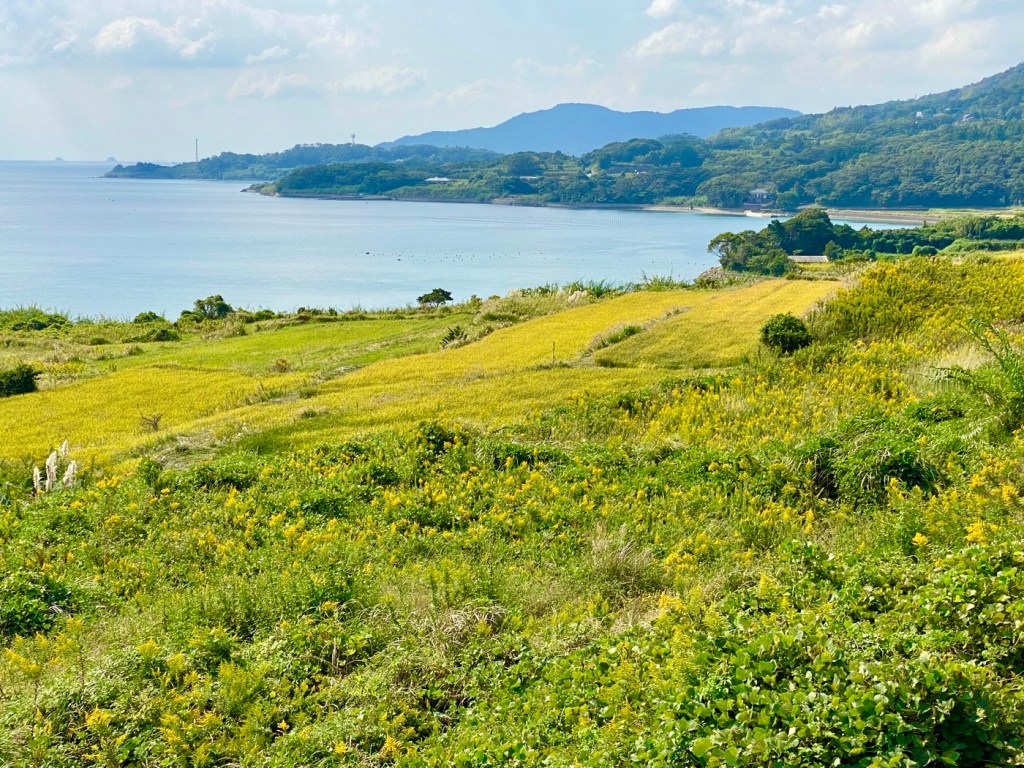

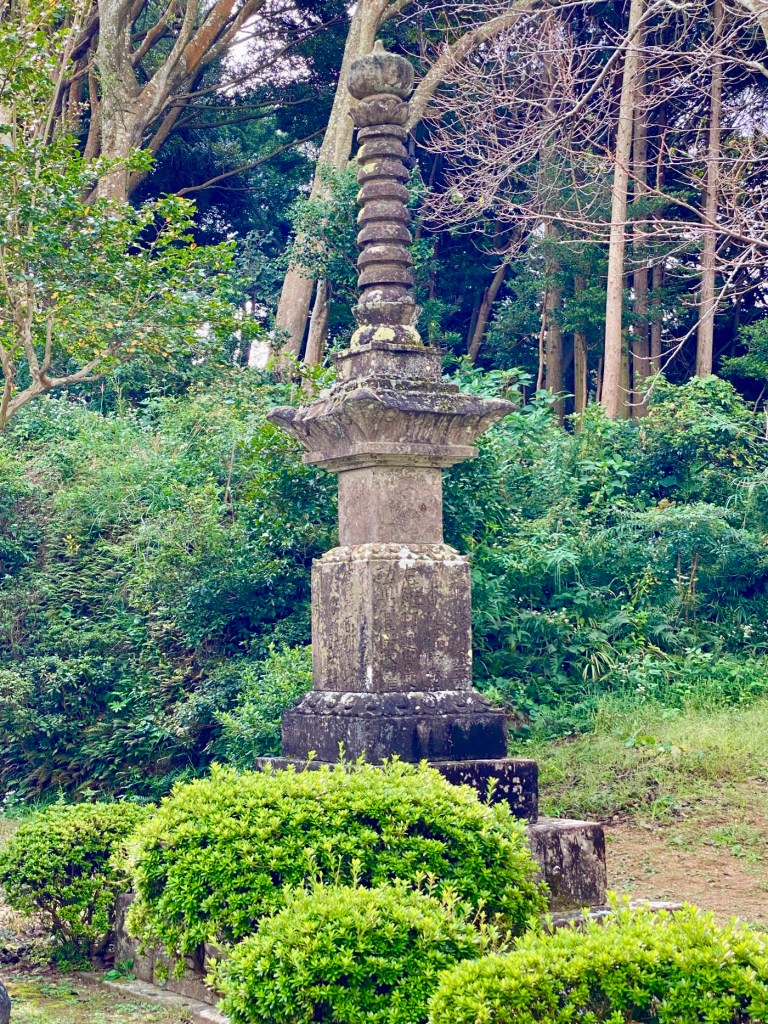

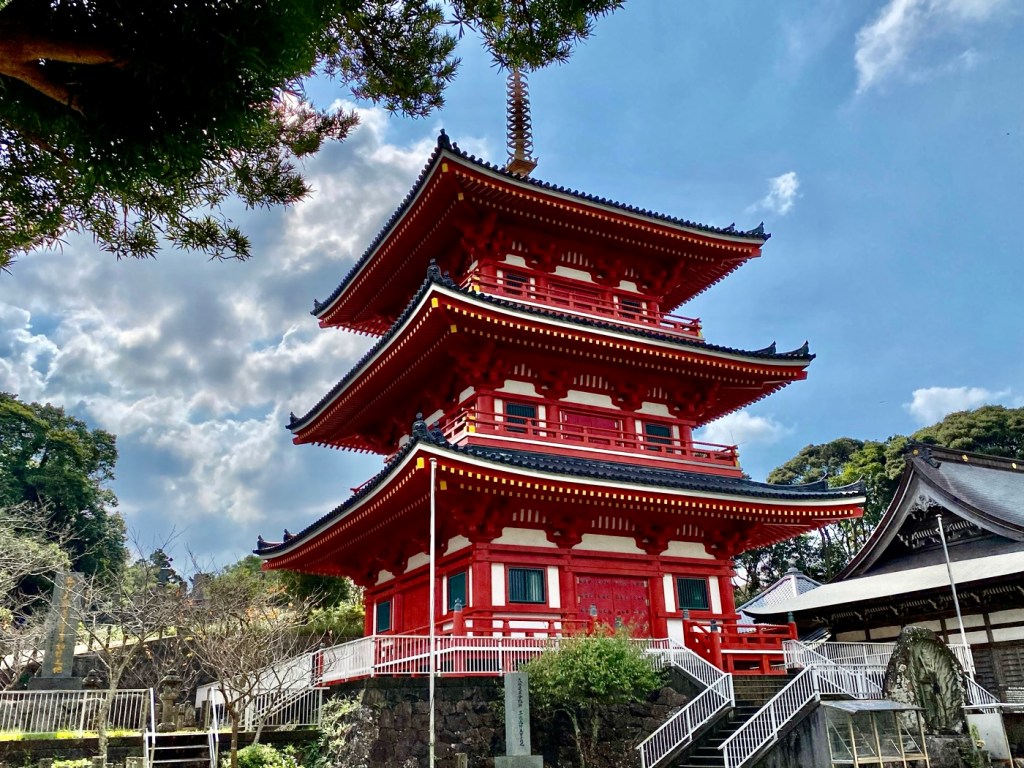

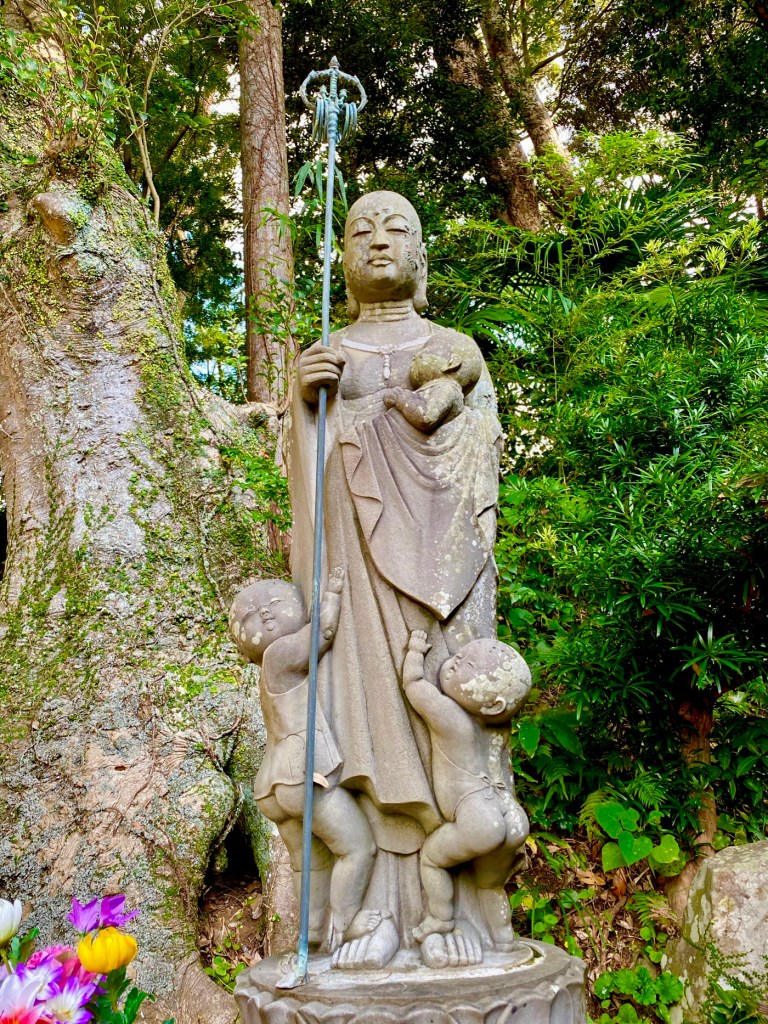



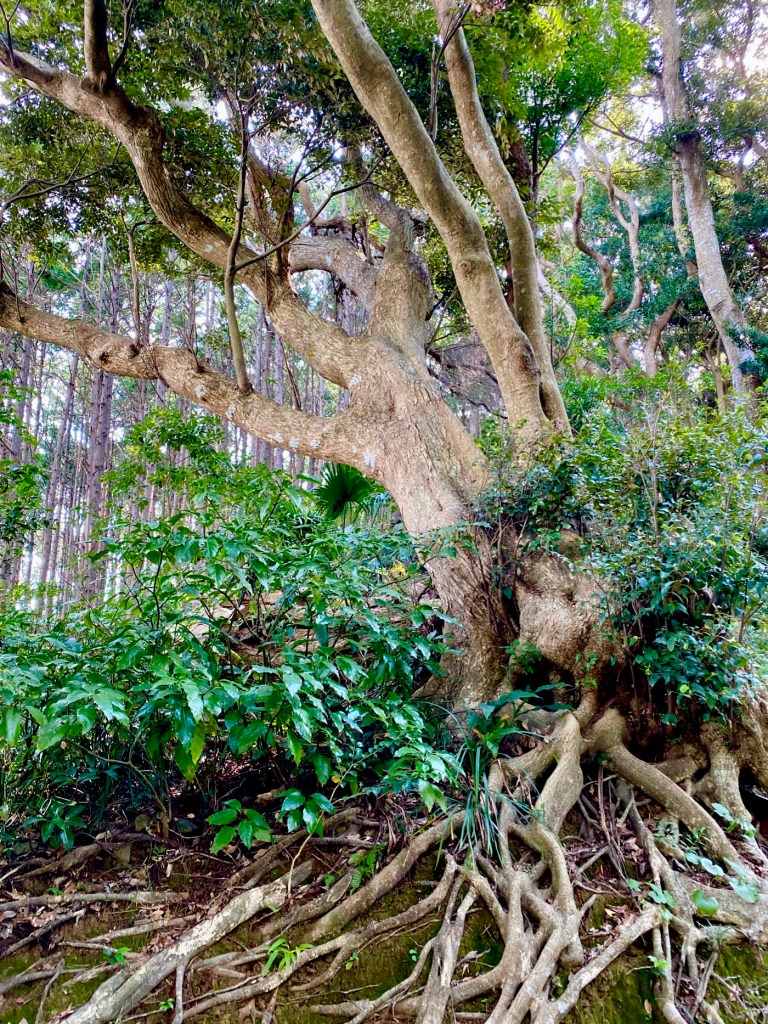









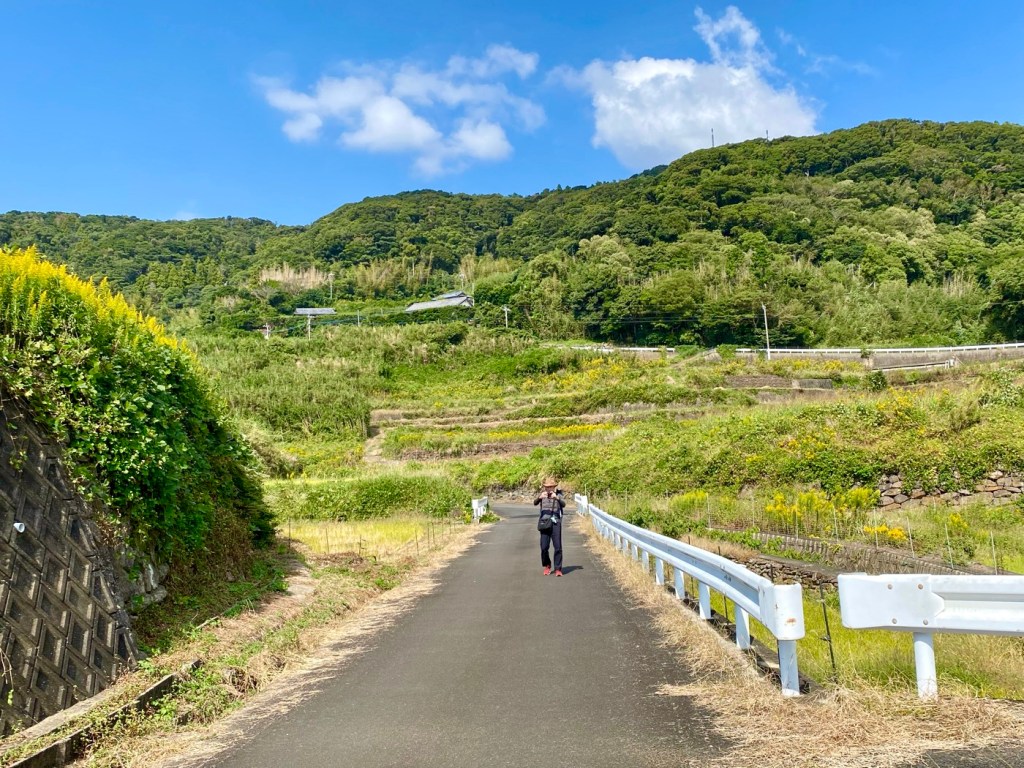







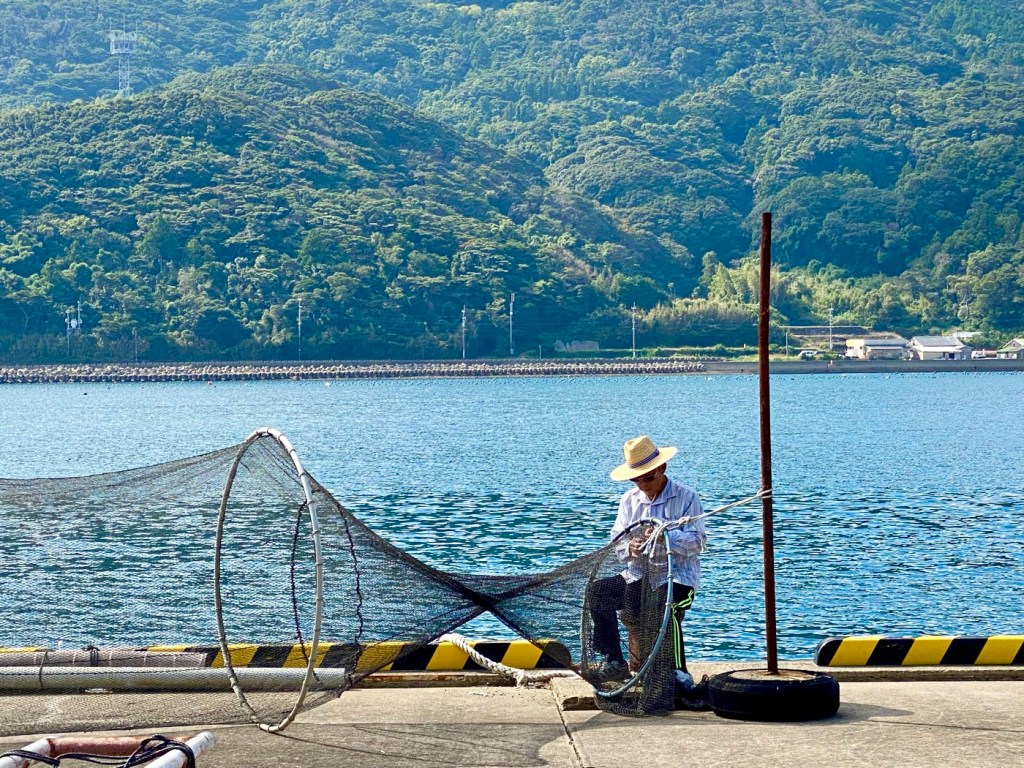


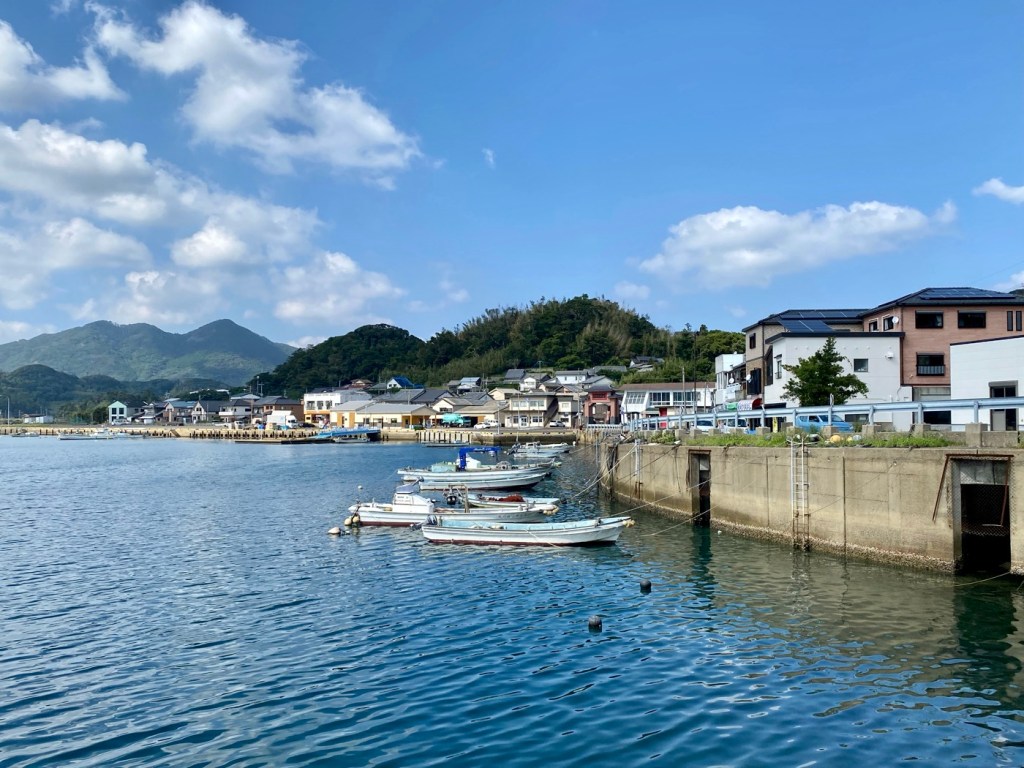




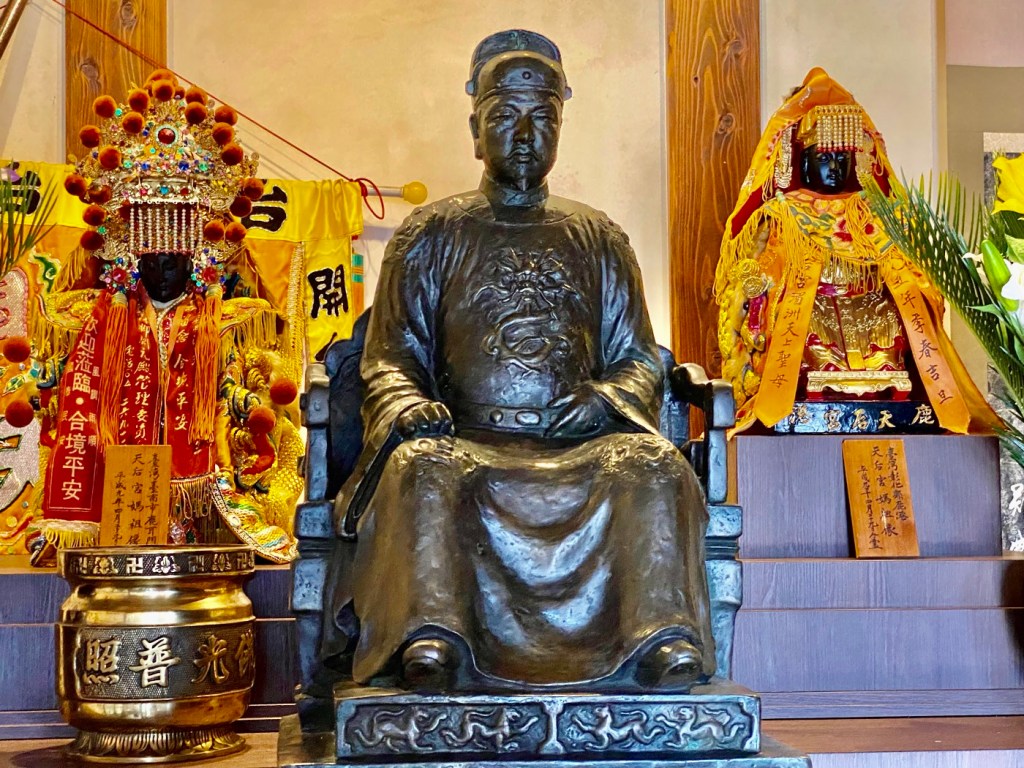

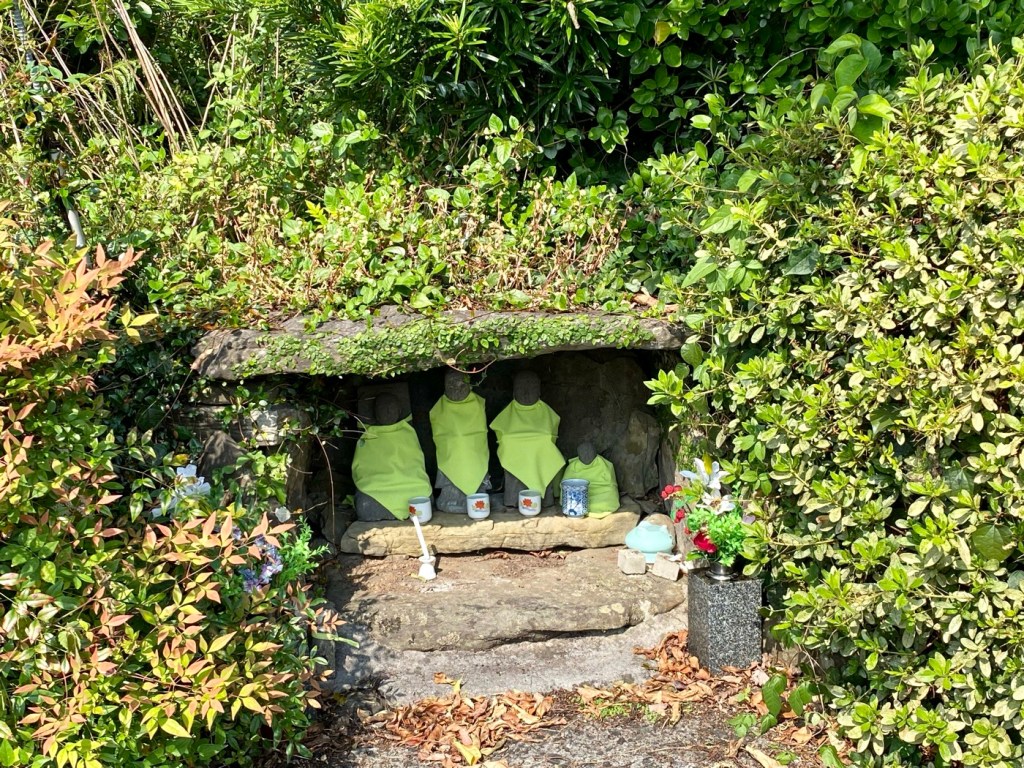




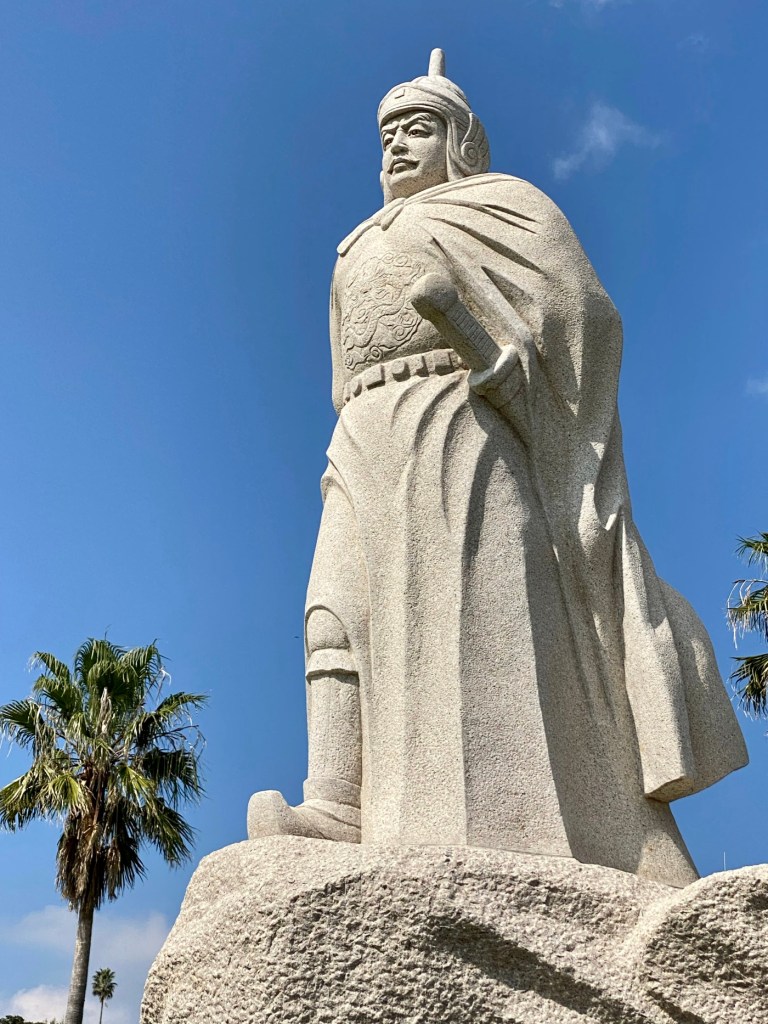





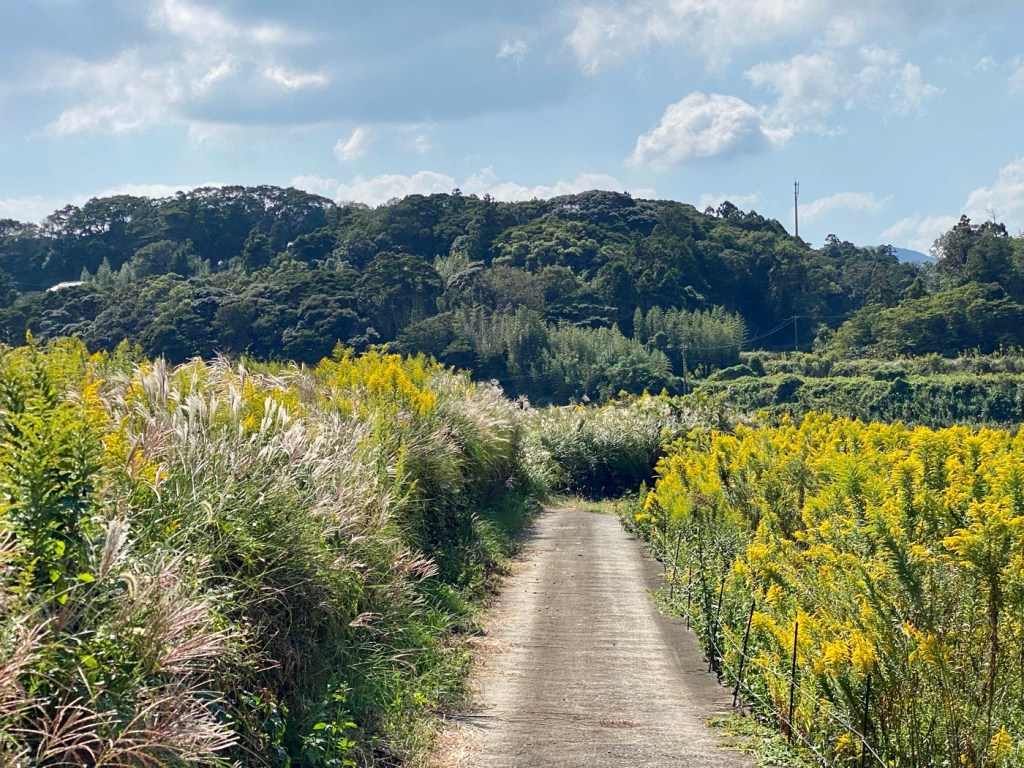


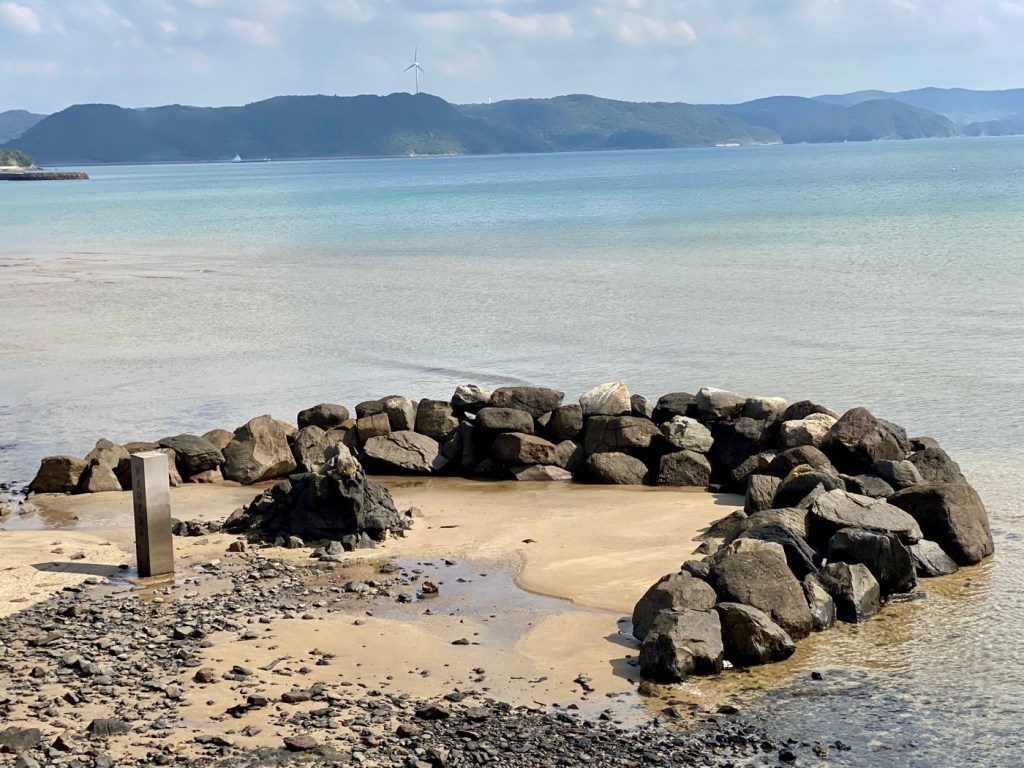


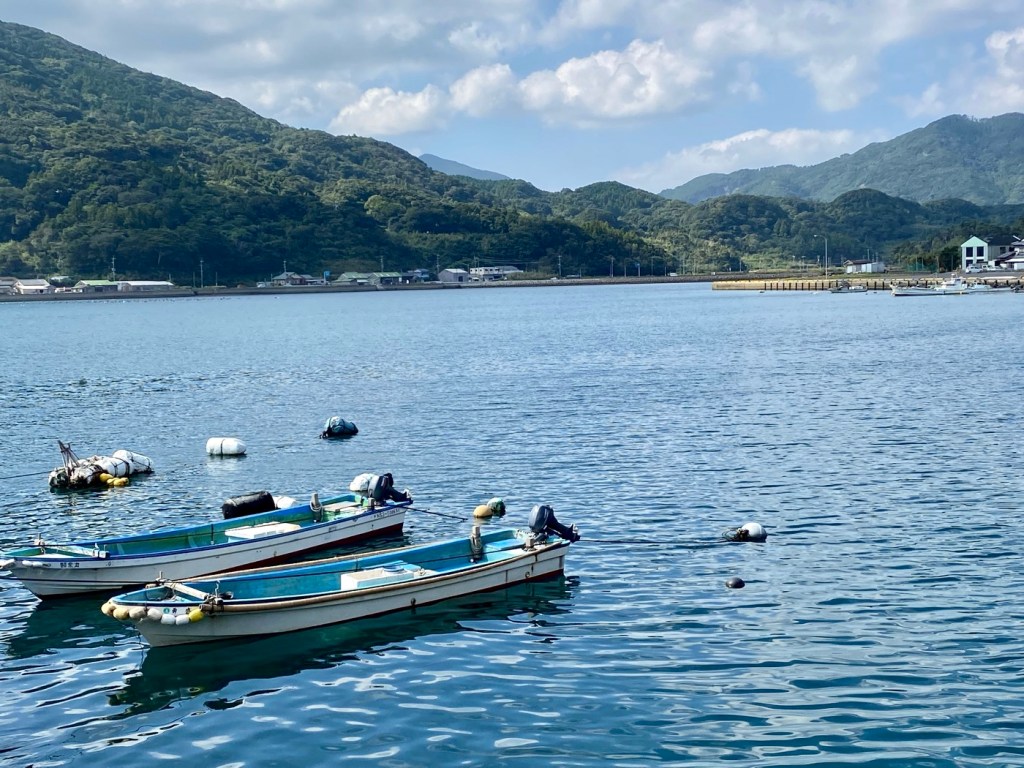






















Day 23 - Hirado Island Temples, The Kyushu 108 Temple Pilgrimage, Japan
At breakfast in our Onsen hotel in Hirado, we were surprised to see lots of foreign tourists, who seemed to be travelling in a group.
Breakfast was the traditional Japanese breakfast of rice, miso soup, a selection of pickles, a fresh tofu eaten with grated radish and soy sauce, a selection of grilled fish including a stew of fish heads and some special dishes from Hirado.
Hirado has a small village called Kawachi, located by the sea, which is famous for its Kamaboko Surimi (fish cakes).
Kawachi Kamaboko fish cakes are often made from lizardfish and horse mackerel, caught in the Kawachi Bay.
The process of making Kawachi Kamaboko fish cakes is a secret that lies in the traditional recipe and method of preparation, as well as in the freshness of the ingredients.
They are made in the same way they were back in the Edo period, still wrapped in clean wheat straw.
Each shop begins by cooking and spicing their own fresh fish, then grinding it into a paste by hand with a mortar and pestle, before wrapping it up in a wheat straw sheet.
It is then sun-dried and wrapped in gift boxes that tourists can take home with them to enjoy.
The technique has been passed down in Kawachi for generations, with only minor changes.
The old Surimi used to be wrapped in wheat straws and then steamed, while today, the straws seem to be made of other materials.
The Surimi tastes a lot like the Jewish “gefilte fish,” a dish that is eaten on Fridays or holidays, but it has a thicker texture that can be sliced and sautéed or added to soups and noodle dishes.
Today we planned to visit the two temples on the island that are on our pilgrimage, and then to walk south to see the island and visit some of the sights.
We still have another day in Hirado tomorrow, which will be the day we visit the castle, the old church and the old Dutch trading post, to learn more about the history of Hirado.
Temple #77, Koyasan Saikyoji, is a famous temple close to the port of Hirado.
It is located up a steep slope, surrounded by old trees and covered in spiderwebs.
Saikyo-ji Temple is said to be the place where Goma was first burned after Kobo Daishi returned from Tang in the year 806.
In 1607, Shigenobu Matsuura, the lord of the Hirado Domain, restored Koyasan Saikyo-ji Temple and merged the different sects of Buddhism.
Two years later, he built the inner temple.
Because of its forested and mountainous location, it has been nicknamed the “Mt. Koya of the west.”
Nobody was around when we arrived.
We entered the main hall and started our rituals of lighting a candle, then lighting three sticks of incense, then chanting the Heart Sutra (Hanya Shingyo), yet nobody came.
We went into the office and rang the bell.
Finally an old lady came down.
She looked disturbed and the place was very dusty and disorganised, as if hoarders lived there.
She reluctantly invited us to wait while she went looking for someone to stamp our book and scroll.
The priest came, looking busy and apologetic.
He asked us if we wanted him to stamp our book and scroll for both temples in Hirado, because as we had already heard, nothing remains of the location of temple #78 Nottozan, Kaigenji.
He stamped our book and scroll, gave us two cookies and wished us a safe journey.
We felt that he had no time to chat, and so we went looking by ourselves for the red pagoda, which is also the treasure hall.
We could see no pagoda protruding from the tall trees around the temple .
Finally we climbed the ancient stone steps lined with very tall camphor trees and many stone Buddhas.
The path led to the beautiful red pagoda with some large statues in front of it.
Temple #78 Iriyama Kaigen-ji Temple is not really a temple, but a memorial monument to Kukai Kobo Daishi, who once stood here, and prayed for a safe journey for his trip to China.
The landscape is unchanged, and it is said that you can see the same scenery as the era of Kobo Daishi (year 804) and get a glimpse into Kobo Daishi's heart.
We spent the rest of the day walking south to see the birthplace of the famous general Zheng Cheng-gong.
It is with great pride that Hirado declares that Zheng Cheng-gong was born here to a Taiwanese father and a Japanese mother.
The family lived here until he was seven years old.
Zheng Cheng-gong (also known as Tei Sei Ko, Cheng Ch'eng-Kung, Koxinga, or Coxinga,) was born in 1624 in Hirado, and died in 1662 in Taiwan.
He became the leader of the Ming forces against the Manchu conquerors of China, and became well known for successfully freeing the Taiwanese from Dutch control over Taiwan.
We chose to walk by the sea instead of climbing up on the endless mountains that make up the Hirado landscape.
As we walked, we enjoyed vistas of the sea and the rice fields.
We knew that there would be no place to eat lunch during our walk, so I packed for us some tea and fruit with some crackers.
The sun was shining brightly and we had no place to sit in the shade.
To top it off, the road by the sea was closed at some point for reconstruction, and we had to retrace our steps and walk even longer.
At the waterfront park, we saw the Zheng Cheng-gong monument and there were a few picnic tables in the shade.
We had our tea and lunch and continued walking to see the place by the sea where Zheng Cheng-gong was born.
It is said that his pregnant mother, who was named Masu, was walking by the sea collecting shells, when she felt her water break.
She held into a rock and gave birth to him right there.
From there, we went into a museum that was built on the same location where his family’s home was located.
The house is a recreation of the original period home.
A nice man was supervising the small museum.
He showed us around and explained as best he could.
In the museum, they had photos of the Masu Goddess festival that happens every year in Taiwan.
Our friends Joseph and Wendy invited us to Taiwan to participate in the festival, which includes walking for a few days and nights with the Masu (Mazu) Goddess carried in a wooden carriage.
It is an exciting festival and I really hope that we will be able to coordinate it this year.
By the end of the day, we looked for the bus schedule to take us back to our hotel in central Hirado, but the villages are remote and the only bus was still hours away, so we decided to walk back.
This time, I thought that we should take the mountain road, which although hilly, is much shorter.
Unfortunately the mountain road was also the car road, and many cars zoomed by us as we walked with no sidewalks.
Finally we found a cafe and stopped in for ice cream.
The lady owner was surprised to see us without a car.
We rested in the shade for as long as we could before continuing on into town.
Our Onsen hotel in Hirado is located on a steep mountain, and we didn’t want to go down to the village for dinner, climbing up and down the stone steps in the dark.
So instead we shopped for dinner in the local market, that has home cooked meals for takeaway, and brought dinner back to our room.
Soaking in the hot springs relaxed my achy feet, and our simple dinner was delicious.
With love and light,
Tali
Stats: 29,564 steps
Today’s walk: 20 km
Kilometers walked to date: 409.5
Temples visited:
T#77 Koyasan Saikyoji Temple in Hirado
T#78 Nottozan, Kaigenji, in Hirado